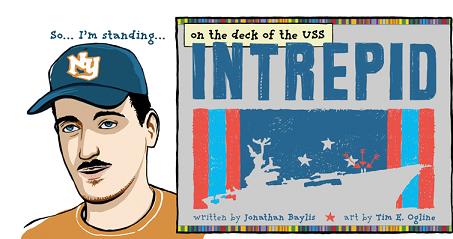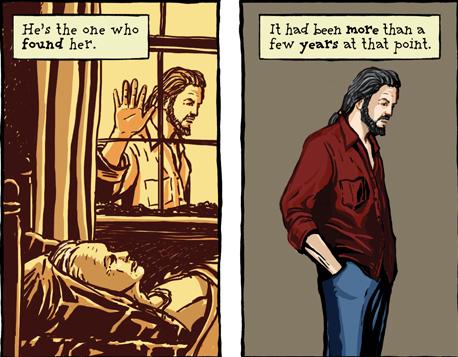Graham Sleight on the appeal and limitations of Hal Clement’s science fiction:
However simple the central conceit, “Uncommon Sense” nicely demonstrates the central idea of Clement’s fiction: investigating the world will enable you to make sense of it and, very often, benefit in the process. Cunningham may look, superficially, like a Heinleinesque Competent Man, but he differs in having the kind of detailed curiosity I’ve described. Heinlein’s heroes tend to win out because of the strength of their belief, because they’re right but the world doesn’t know it (quite) yet. Clement’s heroes tend to win out because their faith in empiricism is ultimately rewarded. (The unspoken axiom there, of course, is that empiricisim is sufficient to solve any problems that may come along. It’s no surprise, then, that Clement’s stories tend to be arranged so that this indeed is the case. The question of how often a situation like the one in “Uncommon Sense” might arise in everyday life is not addressed.) There are a couple more arguments that might be made against Clement’s worldview. First is that empiricism tends to trump all other values — contemporary readers might balk a little at the scene in “Uncommon Sense” where he kills the crab-creatures just on the off-chance that he might find out things about them. The second is that he’s not particularly interested in character. Characters have traits, to be sure — Cunningham is determined, the two men who have highjacked his ship are “villains.” But any idea of a more rounded selfhood is very rare in Clement.
Other science fiction writers that fit this description are Arthur C. Clarke, Isaac Asimov and Robert Forward, amongst others (yes, they tend to be male). That’s the sort of science fiction I grew up with, somewhat lacking perhaps in the characterisation or literary departments, but as Graham says, promoting a worldview in which experimentation and rational thought are key to understanding the universe, where it didn’t matter what your shape was, as long as you could talk the language of Science (even if most of the heroes of these stories were of solid Anglosaxon stock). It’s a kind of science fiction that can’t really be written anymore today, as we expect more than just clever puzzles in our stories. Nevertheless there is value in them; the best of them show you how scientific reasoning works, that the universe can be understood and reasoned with. Hal Clement was a master at this and you could do worse than to check out his best story, Mission of Gravity, in which the planet Mesklin, with its oblong shape and gravity varying from 3g at the equator to 275 or so g at the poles is the star, a great example of worldbuilding grounded in science as well as how to make a didactic story worth reading.
Meanwhile Margaret Atwood would like you to know that she doesn’t write that icky science fiction. Whatever.
Moving on, this series of photographs of dead albatross chicks stuffed full with plastic is, as Paul McAuley says, very Ballardian, but also upsetting. These albatrosses nest at Midway in the middle of the Pacific and when the parent birds set out to find food for their chicks, they instead return home with plastic garbage, from the huge floating plastic trash fields that collect in the North Pacific, trapped by the North Pacific Gyre. This is actually a problem that afflicts every ocean, with no easy solution in sight.
Ballardian was also a word used on the BBC4’s synthpop weekend, as more than one early eighties synth pioneers explained the inspiration they got from Ballard, something I was sure Owen would’ve mentioned. Instead he concentrated on the dept post-punk owned to modernist and brutalist architecture, something also mentioned by more than one artist on the documentary. It’s kind of obvious when you look at it, the clear, stark lines of the fifties and sixties architecture these bands grew up in echoed in the cold, “inhuman” sounds of their music, both fascinated and repulsed by the dehumanisation inherent in high modernist technology, just as this was about to disappear from the cities and towns they grew up in. (It’s perhaps no coincidence that many of these bands came from dying industrial towns, Sheffield, Manchester, Liverpool, Leeds, all later to be transformed into post-modern shopping ‘n art wastelands in the eighties and nineties).
What struck me personally, both in the interviews and the clips, was the lack of computers. The whole micro computer revolution, already taking shape in California at the same time completely passed these bands by, using synthesisers, drum computers and tape recorders as purely mechanical instruments. (The musical soundtrack to the pc revolution was always more likely to be progrock than synthpop anyway.) In some ways you could call this the last music from the industrial age, the last truly modern, future looking genre. After that post-modernism and the end of history comes in and there’s no longer room for linear ideas of progress and such.

